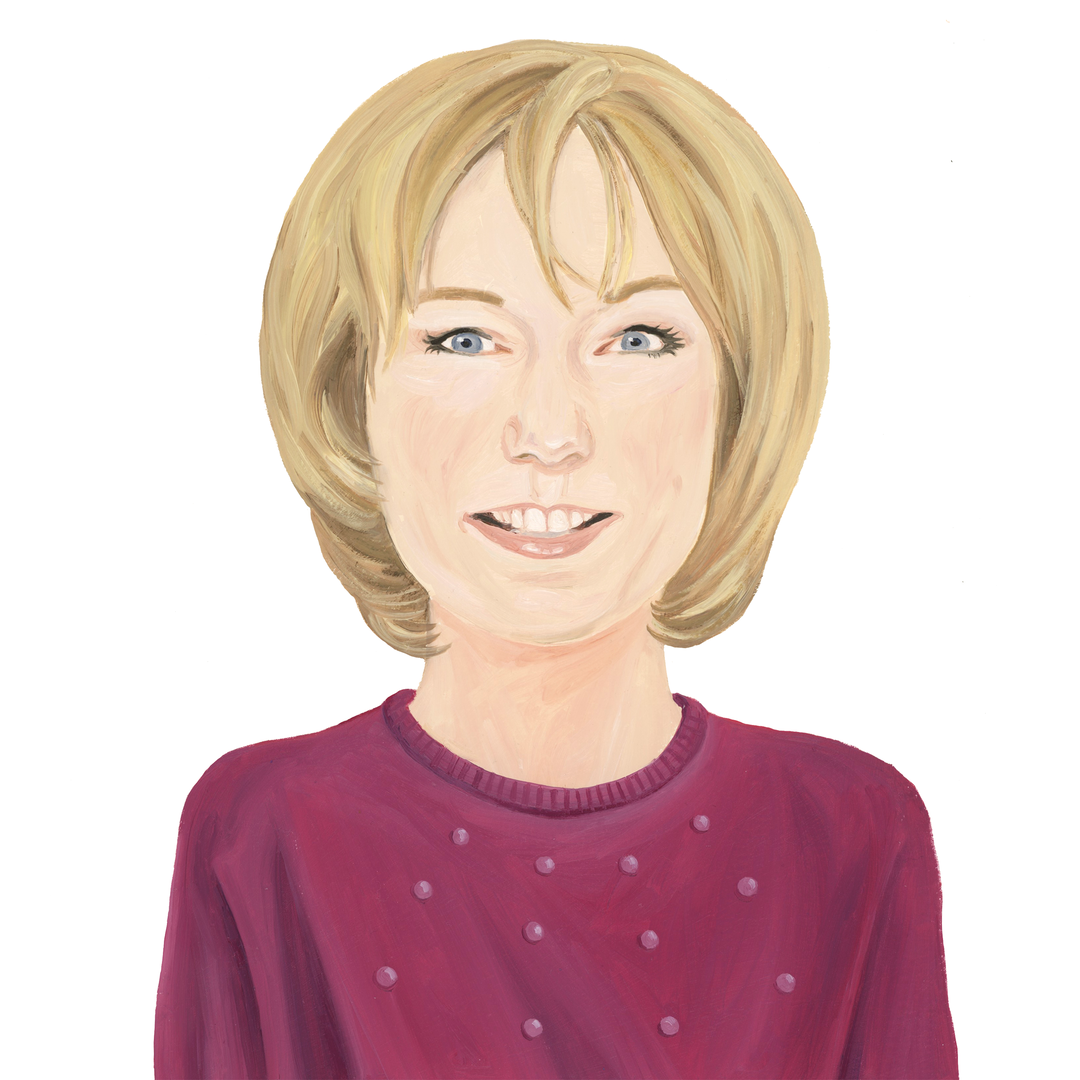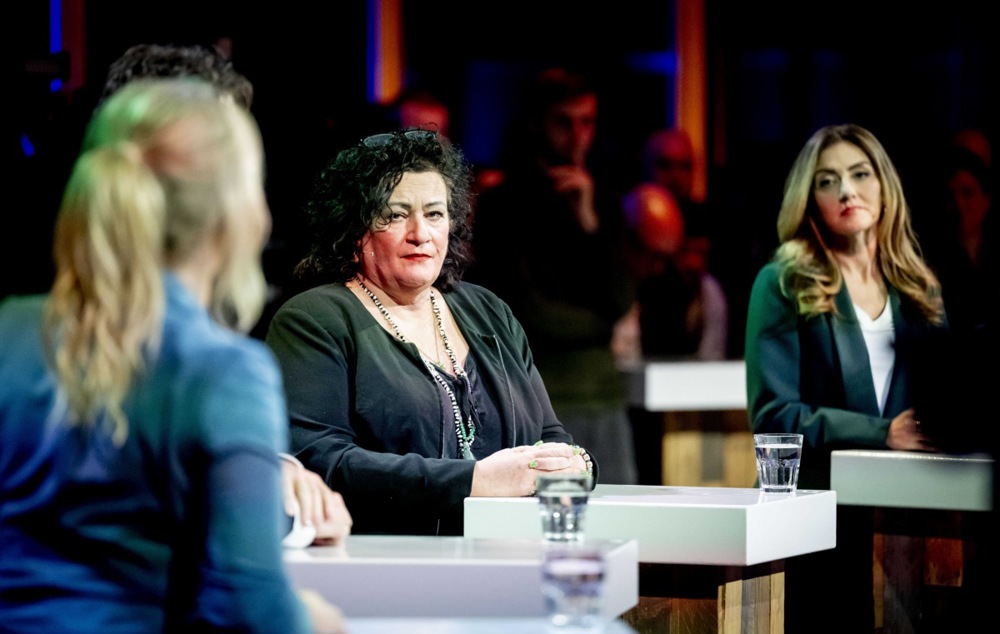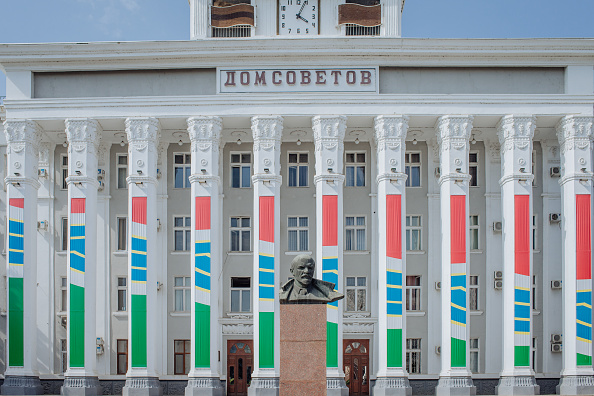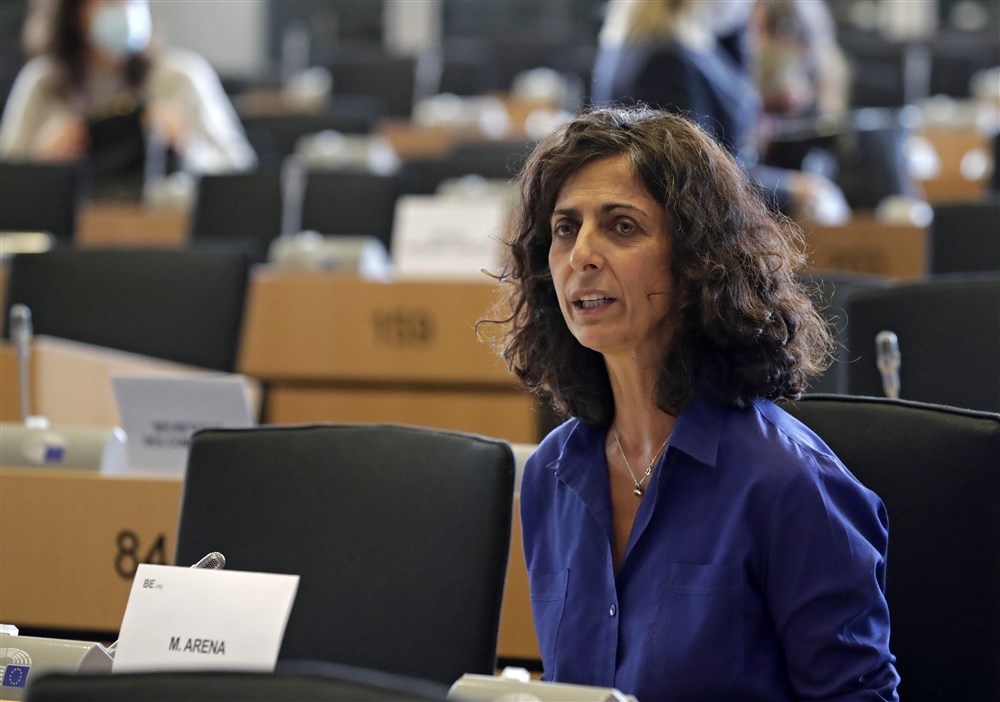An exhibition of sculptures by the Baroque artist Pedro Roldán has just opened in Seville. Anyone with an eye to see should be delighted.
At least, I am delighted, even if you are not.
I suspect you may not know Roldán’s work. He lived from 1624 to 1699, during the gilded period of emotional religious design. The style was one-in-the-eye for Protestants, and nobody did it better than the Spanish.
All that makes Roldán’s art not the sort of thing that so-called modern Europeans talk about these days.
Yet for me, the idea of 36 of Roldán’s sculptures of the dying Christ, the suffering Christ, the Christ of Forgiveness – all of them polychromed into the dripping red blood and pale flesh-coloured wretched limbs of the New Testament stories – and his suffering mother Mary with her tears marked down her cheeks with glass drops, mystical saints and a couple of kings, are, in one word, terrific.
Give Roldán a piece of cypress or cedar, leave him with knives, gouges and a mallet, and he will give you the heartbreak of the real death of a real Jesus, let down from the Cross, held by his Mother, St John and the others.
Frame the sculpture in a vast altarpiece, every inch of it covered in gold and more carvings, light a hundred candles in a midnight Seville church, and there you have it, it is a miracle. On your knees.
Or you could say, it is art. Stand and applaud.
Either works.
What you cannot say is that the work is “horrible” or “grotesque.” I am quoting from readers’ comments in the British press following the news story about the exhibition.
The comments were predictable. They came from the British, but they could have come from almost anyone from any country in Europe.
What is most striking about such people, especially those people who like to emphasise they are “European” above all, is how very ignorant they are of what European culture is.
It is Roldán, but it is a heck of a lot more, too.
However, I would not call it “European culture”. It is the many-sided culture of the nations which are rooted in this Continent.
The basis of that culture, no matter how different the culture is in each country, is religious. Religious customs, religious laws, religious art, religious conscience.
There, I’ve said it. The basis of the cultures of the countries of Europe is religious.
That’s a shocker. I have spent years of my life around the EU institutions in Brussels and I am not supposed to think like that.
Yet ignore that and you ignore the culture of the ancient countries from which most of us spring.
Before any of my readers might be so sophisticated that they want to sniff that they have abandoned Christianity for atheism, i.e., they take the easy way out of thinking, I mean more than Christianity. I include the pre-Christian days.
Wherever there have been customs, laws or art, their basis has been a belief that we are all more than bipedal creatures with appetites. Five hundred years ago, 1,500 years ago, the peoples on this Continent were looking for something bigger than dinner on which to frame their lives.
In Seville, in the 17th century, the result was Roldán’s Catholic sculpture.
In Granada, in the 13th century, the Nasrid emir gave us the Muslim brilliance of the Alhambra.
In the 16th century, Jewish architecture left for us the dazzling Baroque synagogue of Casale Montferrato in Piedmont.
I will not leave out the religious peoples known as pagans. My heart has always been with the pagan Slavs defeated by the Catholic Germans in the 12th century Wendish crusade, not least because the defeat set up what eventually would be Prussia. Pagan Slavs would have been a great improvement over the Lutheran Bismarck.
Whichever way you fall, to pagans or Roldán or Bismarck, or to ancient Romans in temples, their lives, their customs, their laws, all were founded on a religious belief.
That is what the cultures across Europe were, for thousands of years. But then something poisonous happened. It was the French revolution. It decided that religion, and the morals formed by religion, could be abandoned and replaced by reason.
Big mistake. Fly your life on just reason and you will be a bird with one wing.
The revolution has gone on poisoning culture in Europe ever since.
Look to the artistic desert this intellectual prejudice for reason, that is, anti-religion, has led us to in art.
No one said it better than Tom Wolfe, in his 1975 book, The Painted Word, where he skewered modern art. He identified that art through the modern decades had removed more and more content from the work – removed skills in drawing, removed the third dimension in Cubism, removed a lot of the paint, removed even the frame, removed any subject in the picture – so each work had to be exhibited with an art theory printed next to it to explain it.
Which is an injustice to Wolfe’s book, to compress it in one paragraph, but you get his drift.
As I would put it, once art has emptied any idea of the artist as more than a bipedal animal hoping for a gallery sale, there is not much left in the work. Give it a big label on the gallery wall and pass on.
Me, I want to get to Seville to see the Roldán exhibition. I want to walk among the 36 polychromed Baroque sculptures, dripping holy blood, I want to see the carved hands lifted in prayer. No labels are needed to understand.
It is art. I will stand and applaud, because I do not fly on reason alone.






Europe’s capital needs media to challenge the status quo: That’s why Brussels Signal is launching